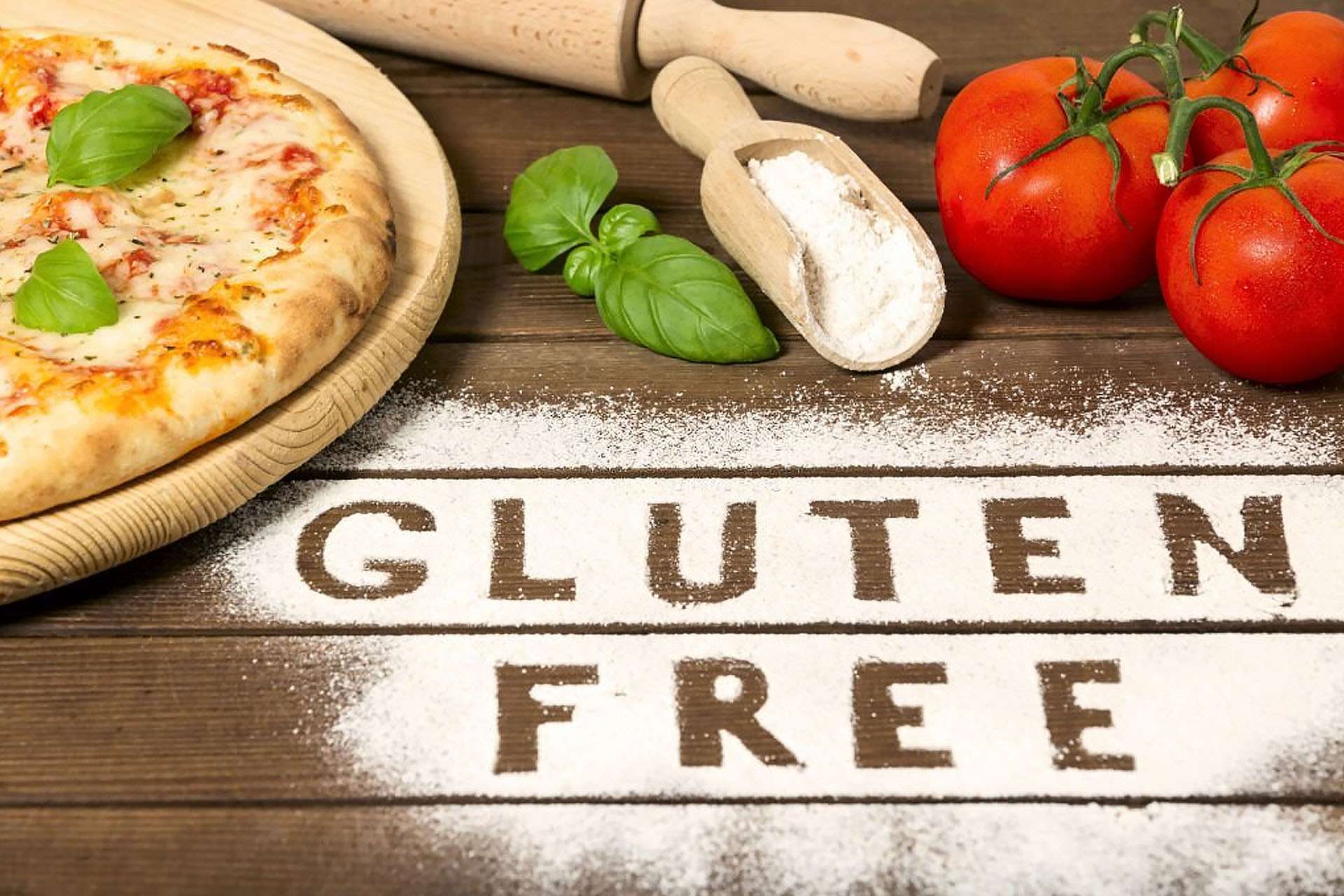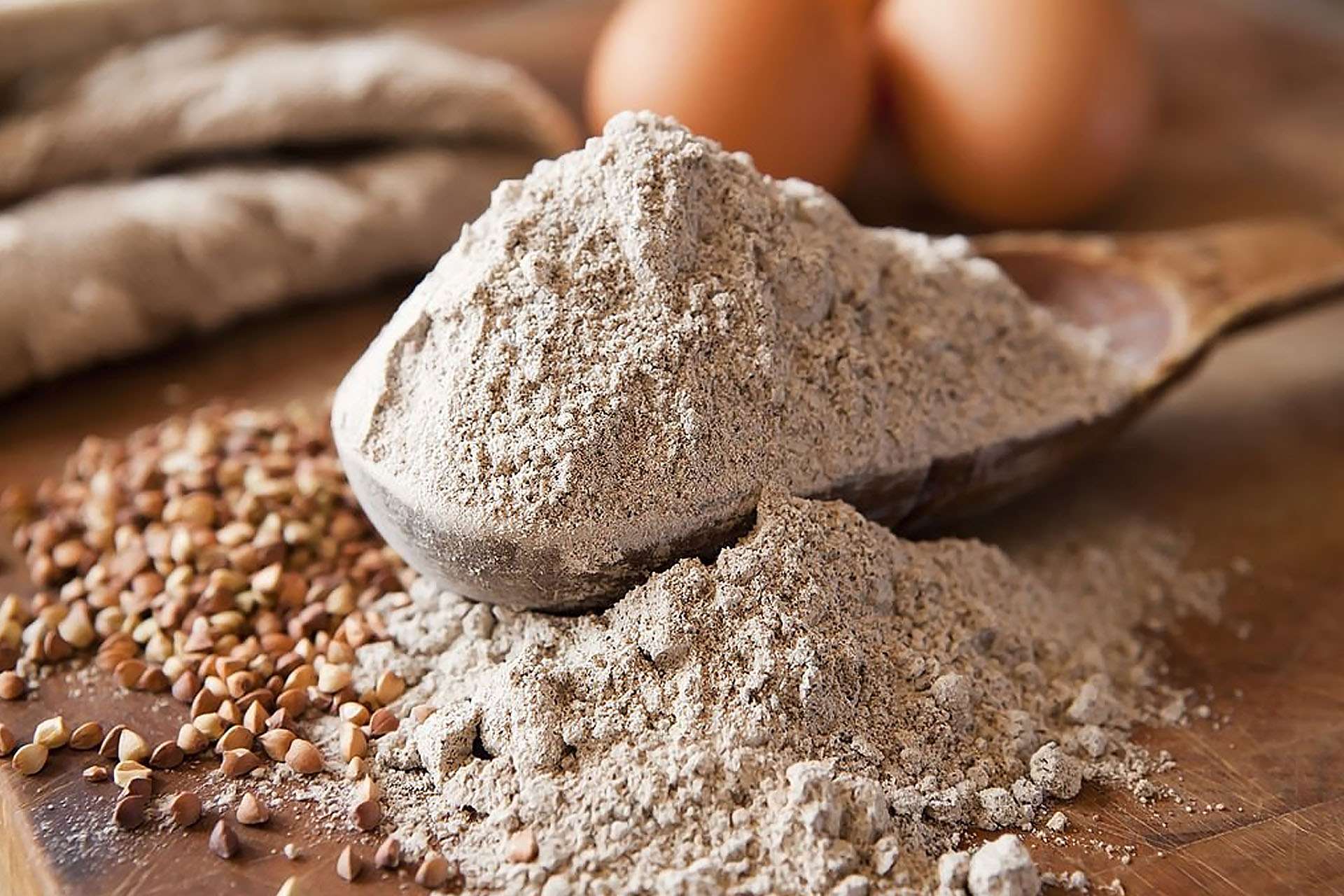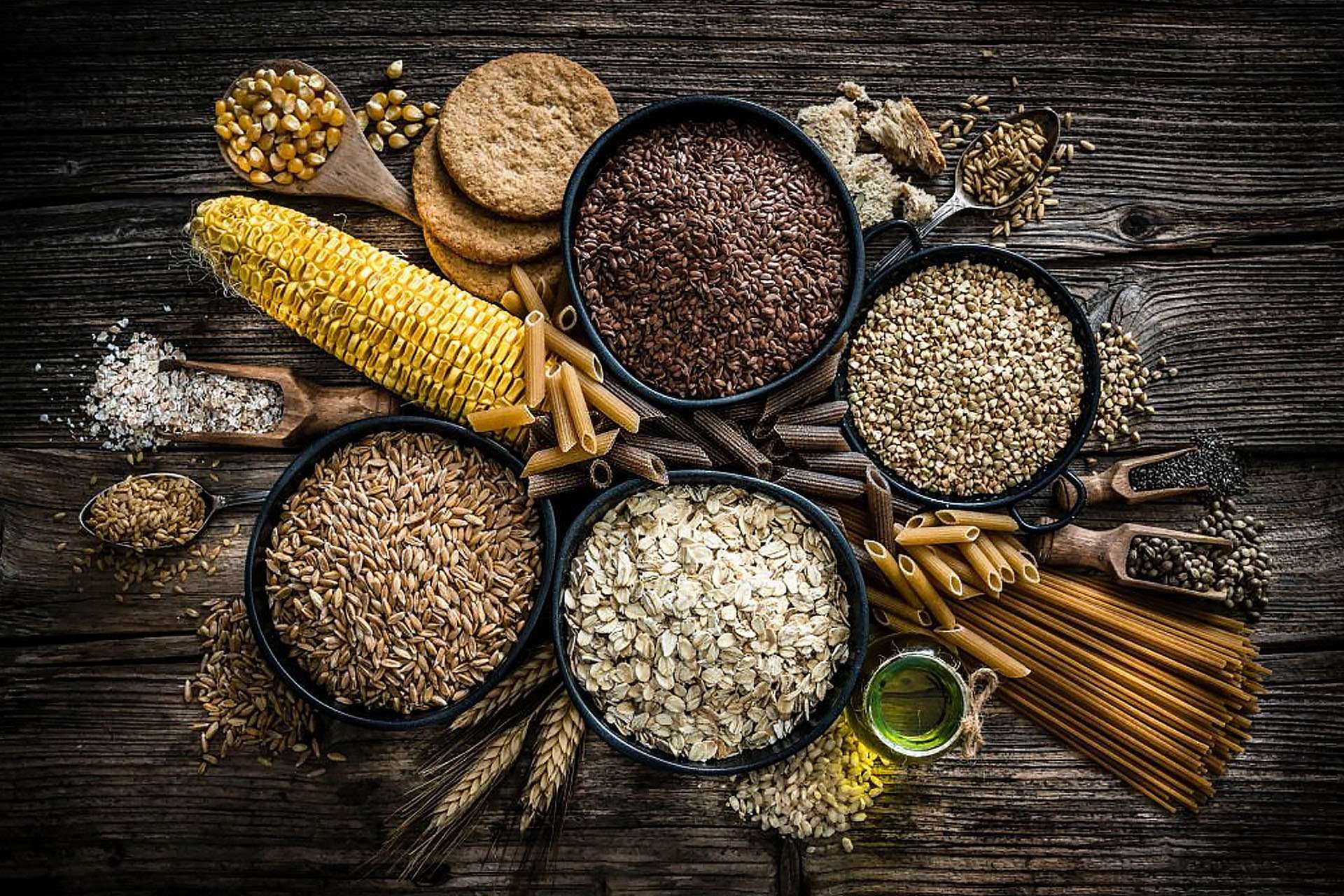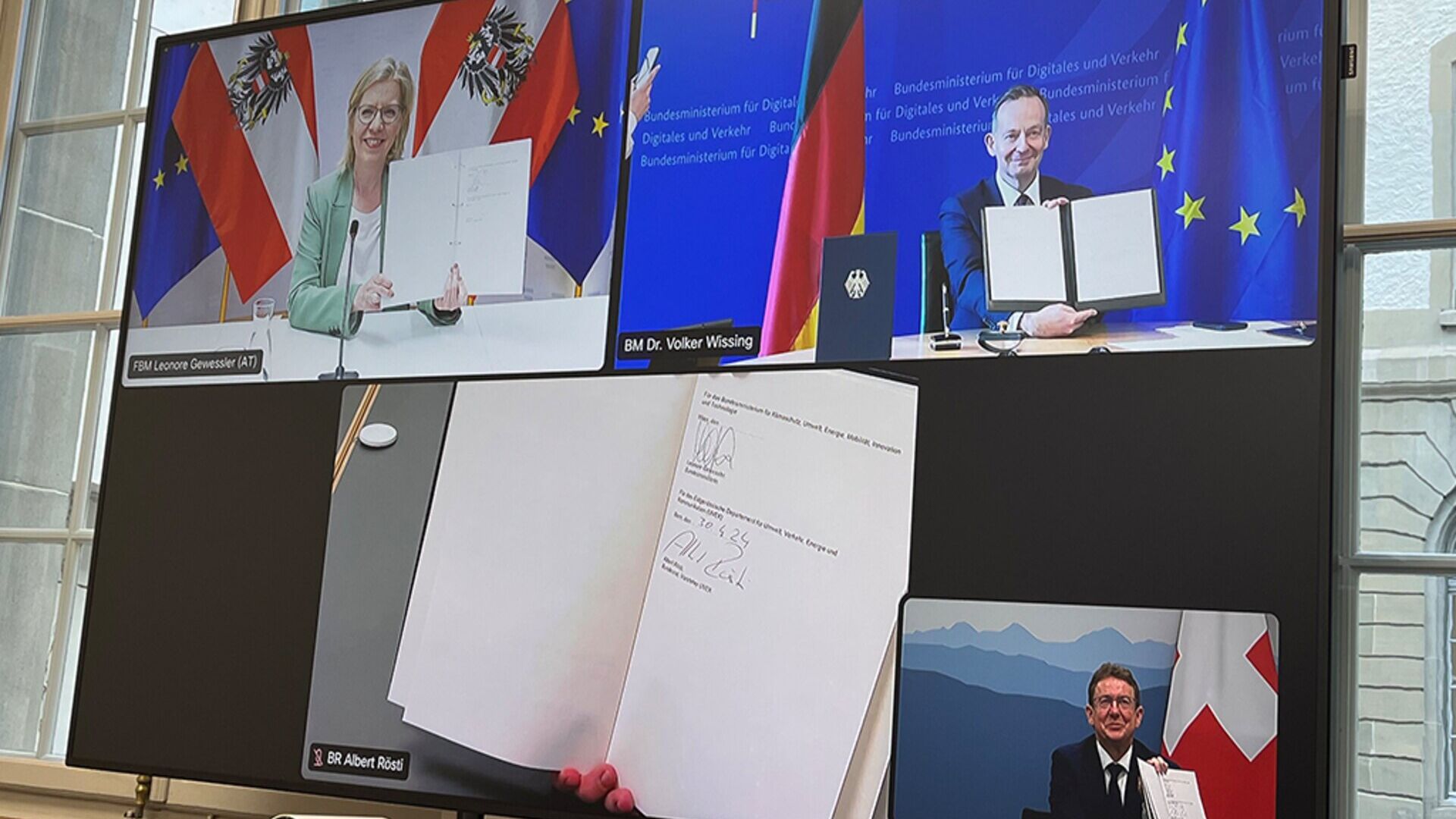Gluten-free diet: is it really a healthier diet?
Gluten-free diet: is it really a healthier diet?
It is a widespread, but wrong, idea that gluten-free food is good for you, perhaps because it is increasingly present on the shelves of our supermarkets

In the work of the nutritionist, the advice to eliminate gluten from one's diet is a constant that we offer to each patient.
However, it is very important to explain why and how we must proceed in practice to make this transition and to avoid all gluten-free foods that the market makes available to us and which are almost always bad for you and make you fat.
There is a widespread belief that gluten-free foods are healthier than others, but this is incorrect
Two main problems related to gluten can be identified:
the first is that the problem relating to gluten is not gluten itself, but the high concentration we have reached due to the increasingly refined flours used on the market; the second, however, is that there are now many studies that focus on the possible damages deriving from regular consumption of gluten.
Why is gluten consumption bad even for non-celiacs?

Why is this protein bad “now” and not a few years ago?
Why is gluten bad "now" and not a few years ago? The answer is that we got there after about 60 years of continuous research by the food industry, so the problem is more complex than it seems.
As is often the case, when the solution is too easy, it isn't a real solution.
Gluten-free foods almost always consist of a mix of different flours, usually corn, rice and other types of flour such as buckwheat.
The problem with these flours is related to the combinations and sugars present in these food products.
In fact, it is not enough to eliminate gluten to improve one's diet and one's health, but it is necessary to pay attention to one's whole diet, which also includes the combinations of different foods.
Without going into the details of food pairings, which are many and which professional nutritionists carefully explain to all their patients, at the moment it is enough to think that it is never an optimal choice to combine different cereals together.
Of course, there are gluten-free solutions made of a single ingredient, such as lentil paste or buckwheat paste.
Enrich the intestinal microbiota thanks to carbohydrates

What to eat to avoid wheat and related grains?
At this point it usually happens that people ask their nutritionist: "okay, but then what do I eat if I can't eat pasta and gluten-free products aren't good?".
The optimal solution that he proposes is that vegetables, legumes, meat, fish, eggs and fruit do not contain gluten.
Gluten-free foods are used to solve a problem which is to reduce the consumption of bakery products, pasta and bread, because the greater evil is becoming gluten.
But the real solution would be to increase the variety of foods that make up the diet, not to replace what is not good.
This is also because we must understand that everything is not always replaceable, or at least not without a price to pay.
Products like corn and rice, widely used in gluten-free foods, have a frightening glycemic index and this is why they are often fattening.
What is Metabolic Syndrome? And how can it be prevented?

Similar attention to flours derived from rice and corn
Now we want to propose a small calculation.
To make 100 grams of rice flour you need about 120 grams of uncooked rice.
120 grams of rice, once cooked, becomes 350, and the seasonings are still missing. Could you eat 350 grams of boiled rice?
In a gluten-free pizza there are about 300 grams of flour between rice and corn starch. Could you eat a kilogram of food between rice and corn? Always without considering the condiments.
This is the real problem generated by flours, including the one used to make classic pasta containing gluten…
Pay attention to… fructose instead of cholesterol values

You may also be interested in:
Taam Ja' is the deepest “blue hole” in the world: the discovery
Marine cavity probed off Yucatan Peninsula, found four times deeper than previous record-breaking sinkhole in Belize
In Brazil the first meeting in the world between biosafety and synchrotrons
In Campinas, a NB4 level maximum biological containment laboratory will be connected to the light sources of a particle accelerator
In Alto Adige today EDIH NOI is the new point of reference for AI
4,6 million euros from the PNRR fund will be allocated to Bolzano for services to local companies in the digitalisation of intelligence…
by Editorial staff Innovando.NewsEditorial staff of Innovando.News
Austria, Germany and Switzerland for "more innovative" cargo railways
DACH Ministers Leonore Gewessler, Volker Wissing and Albert Rösti: the introduction of Digital Automatic Pairing is a key element
by Editorial staff Innovando.NewsEditorial staff of Innovando.News




